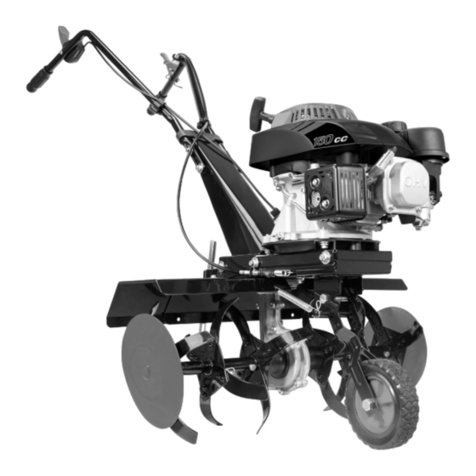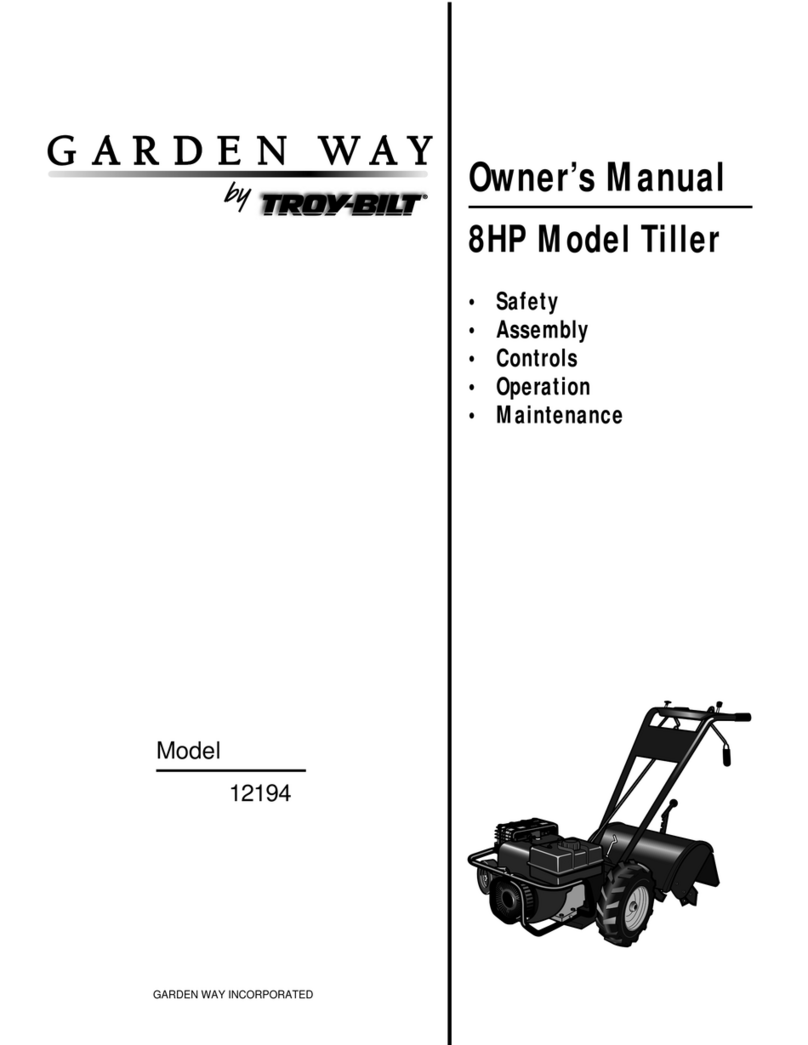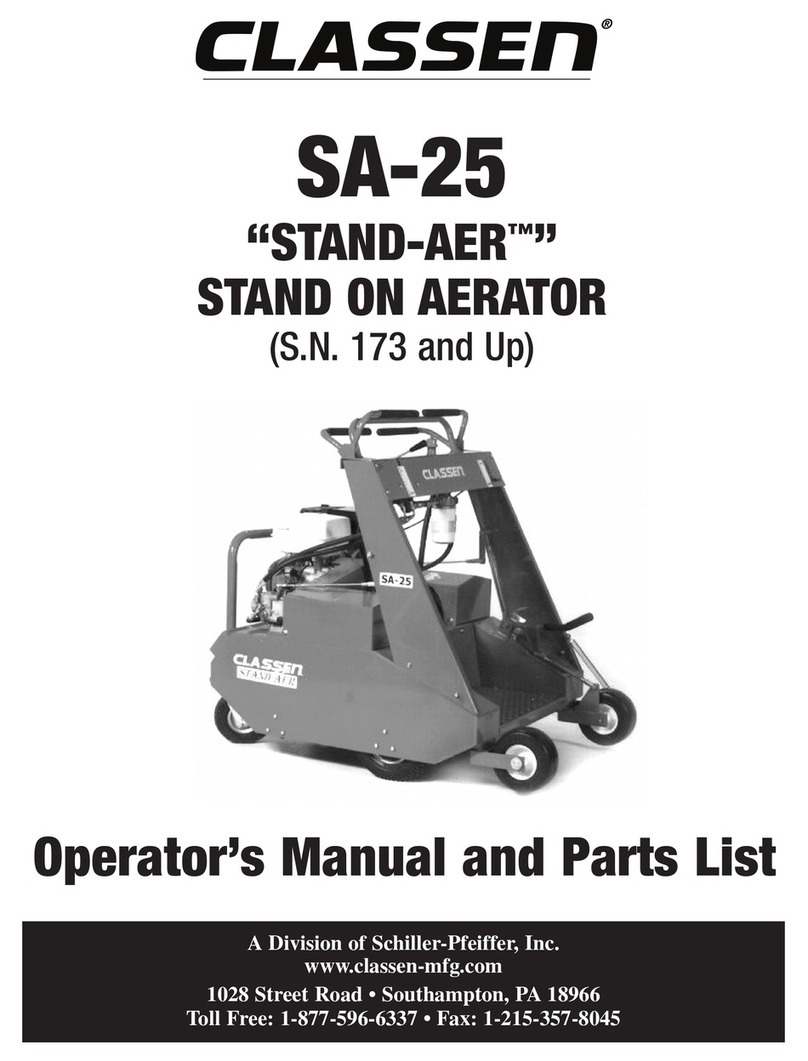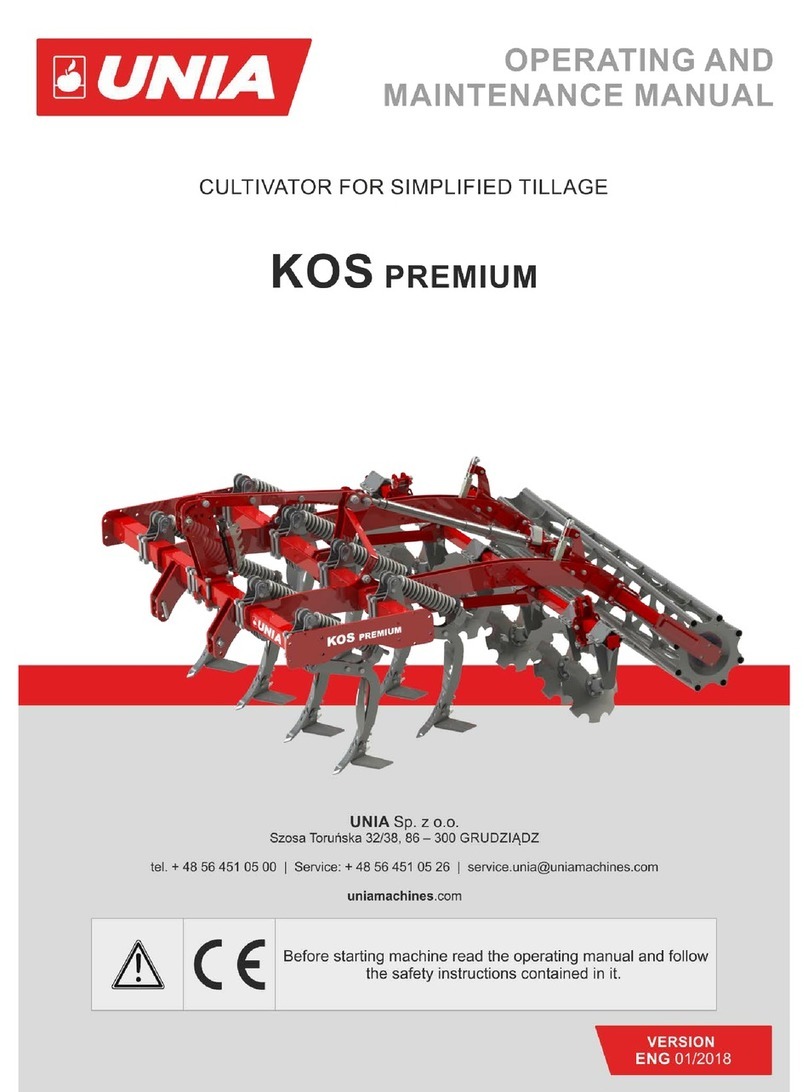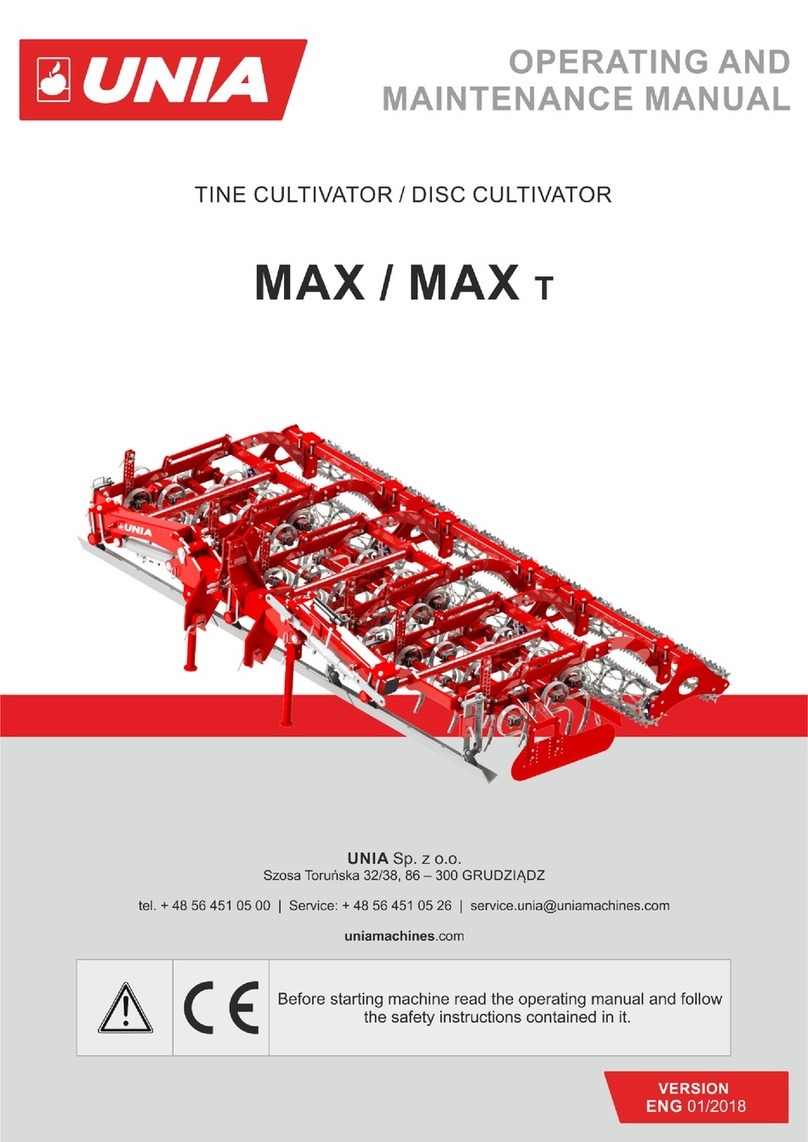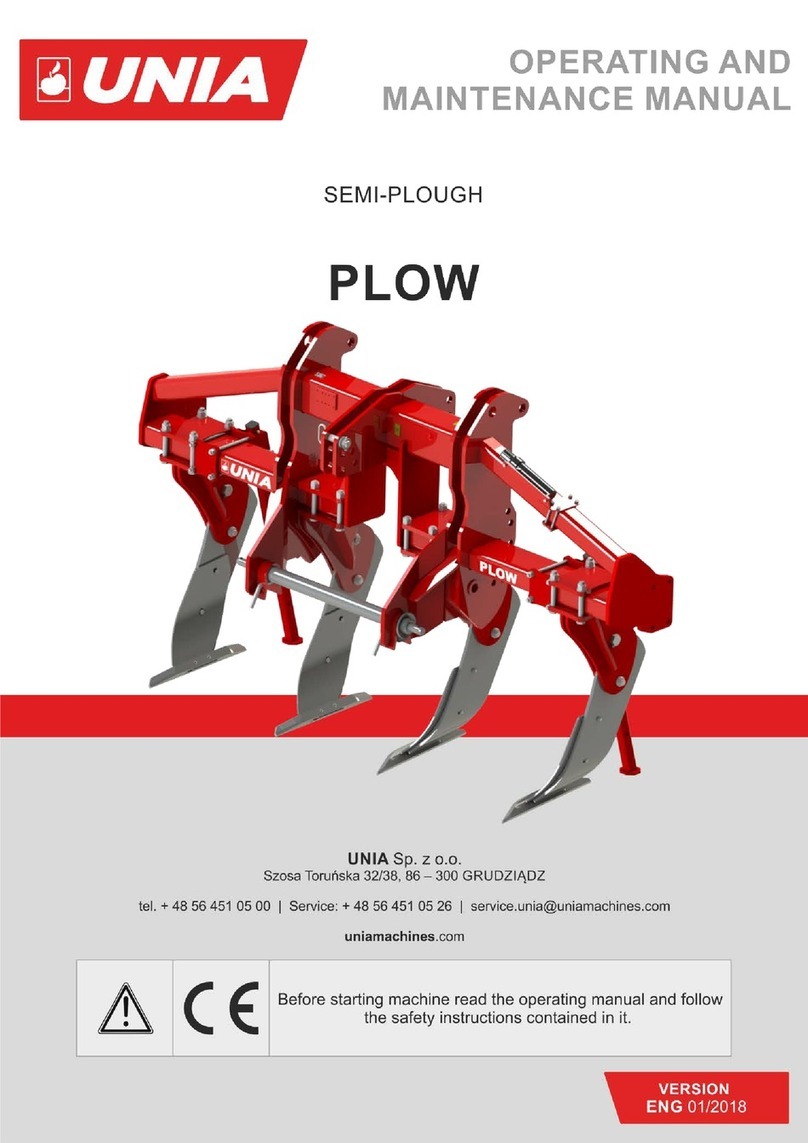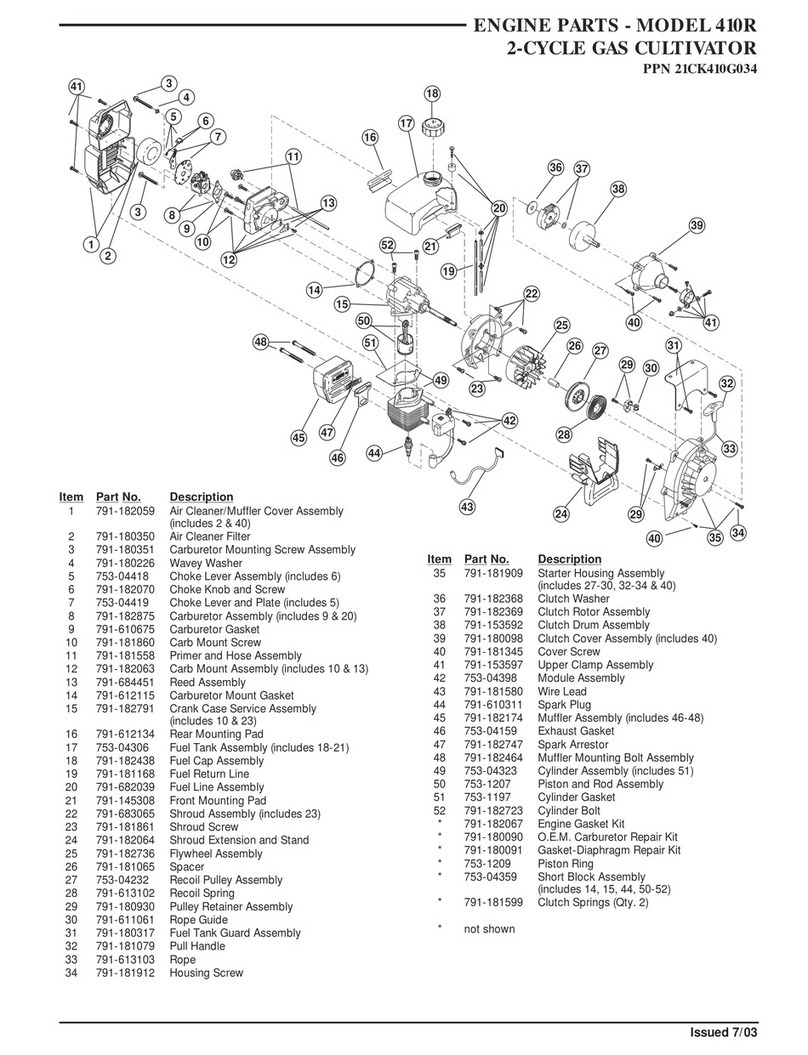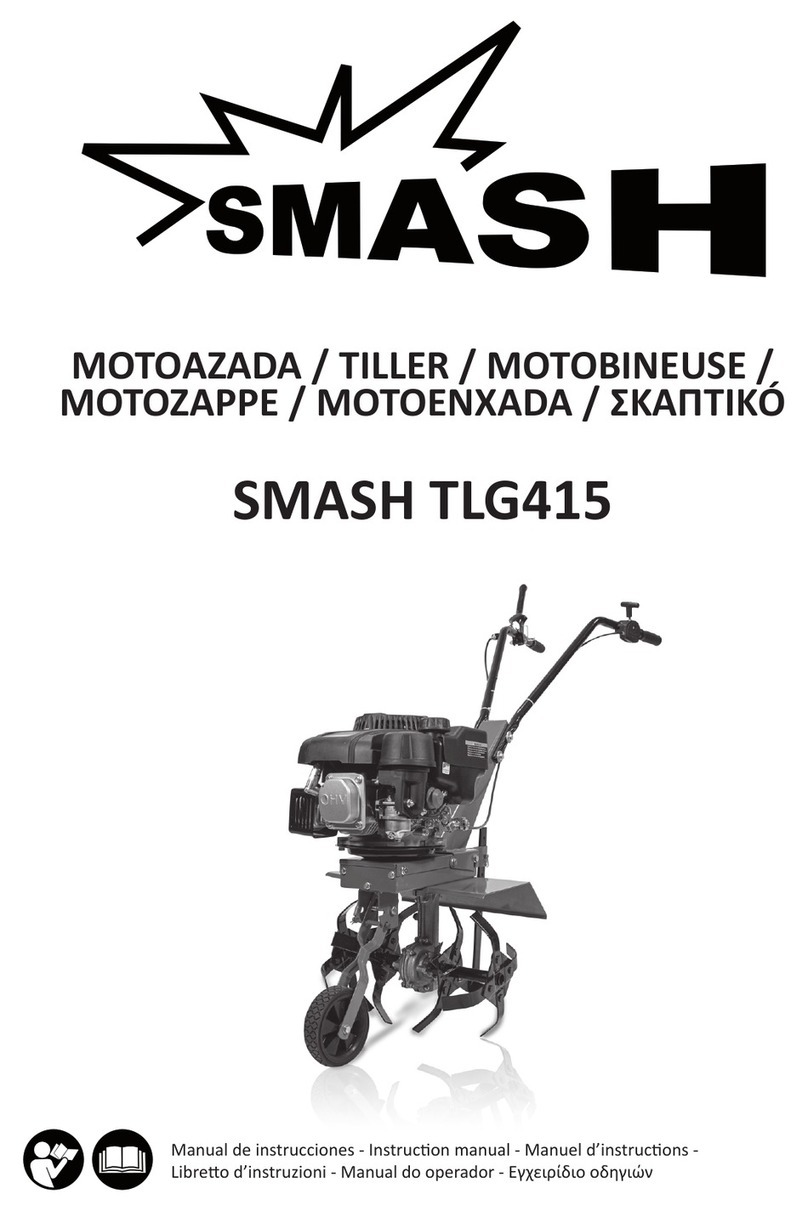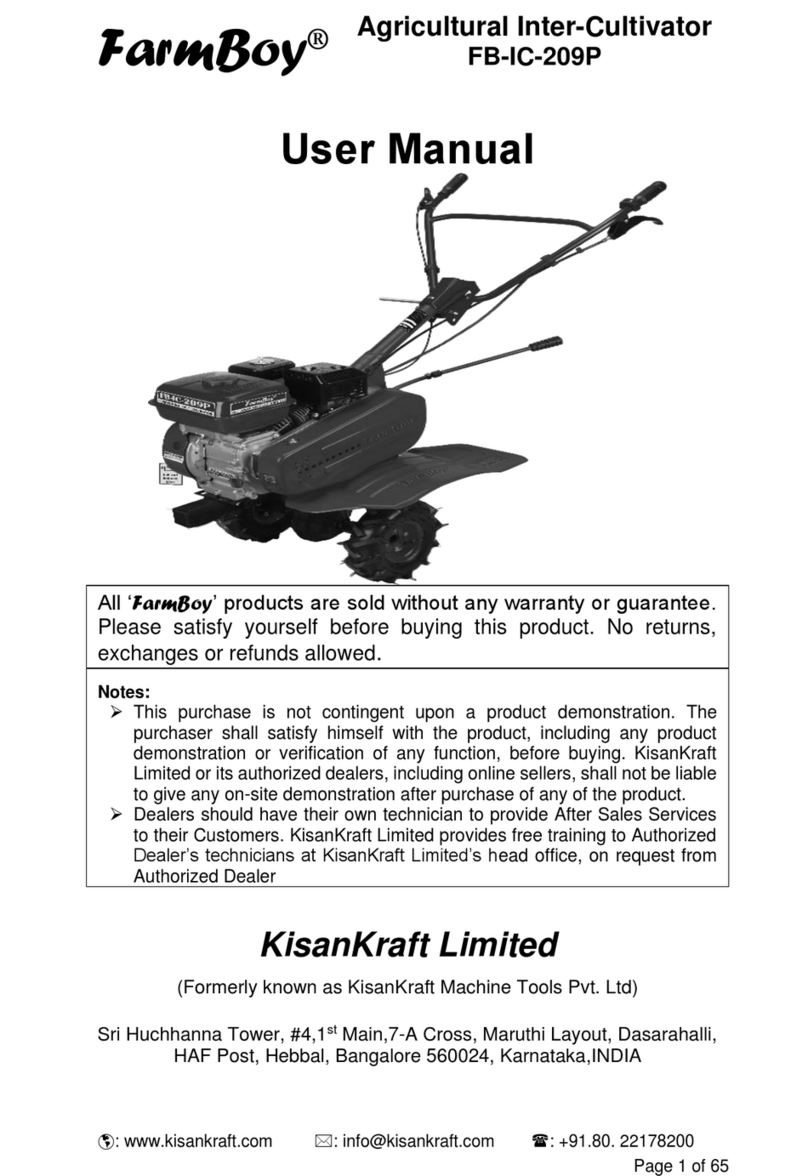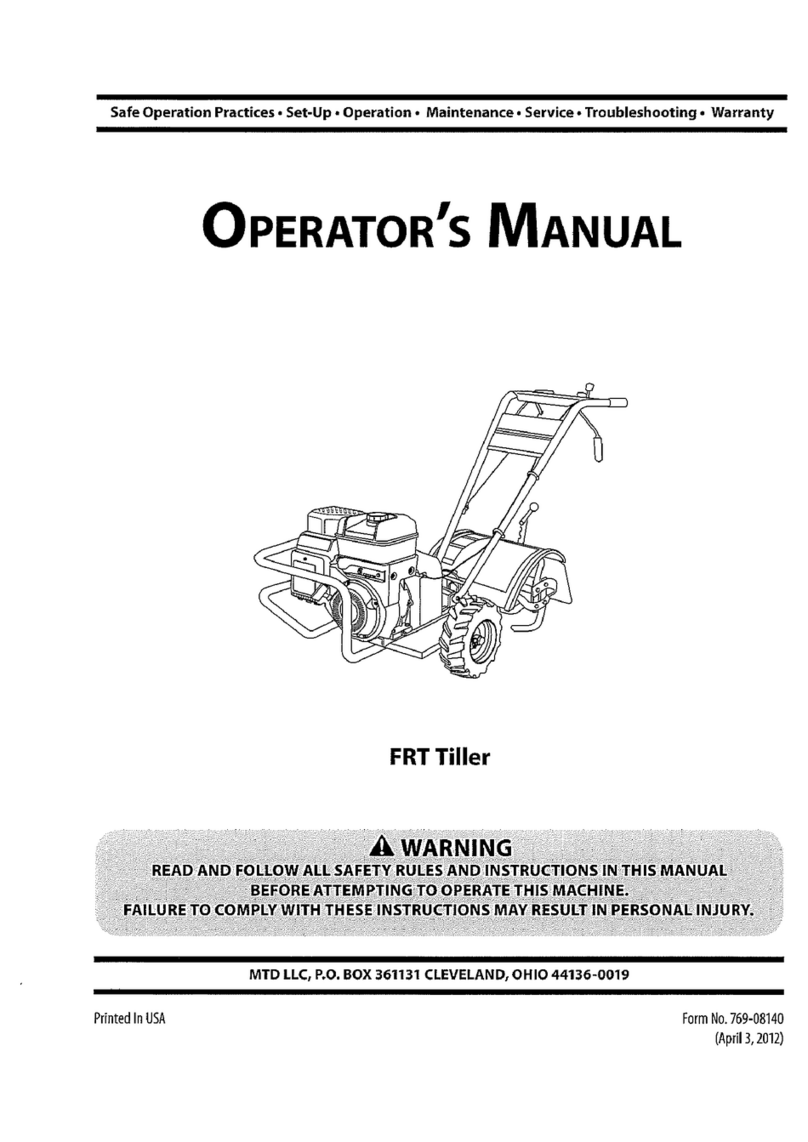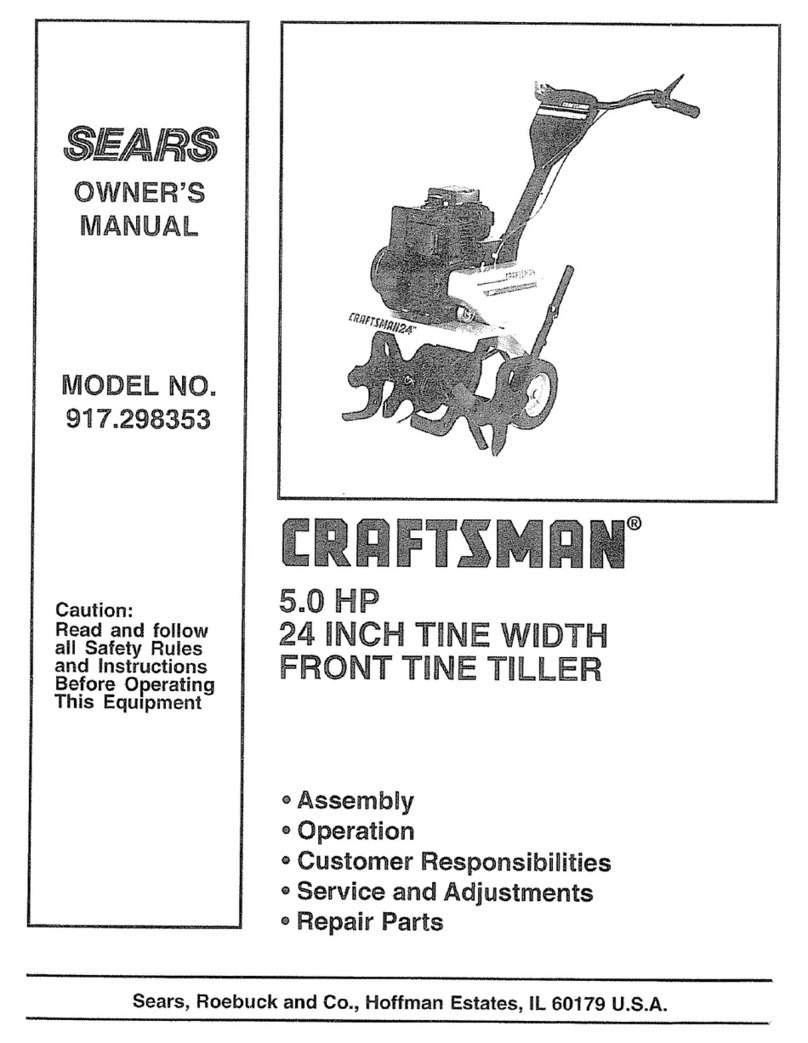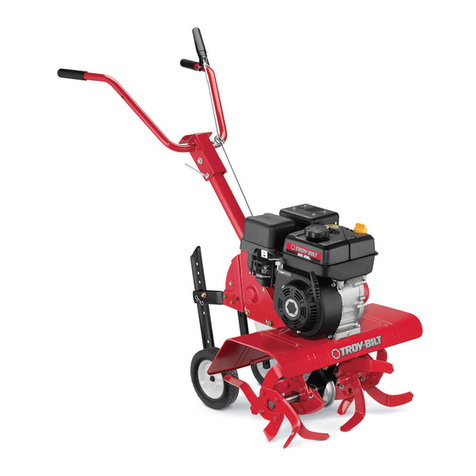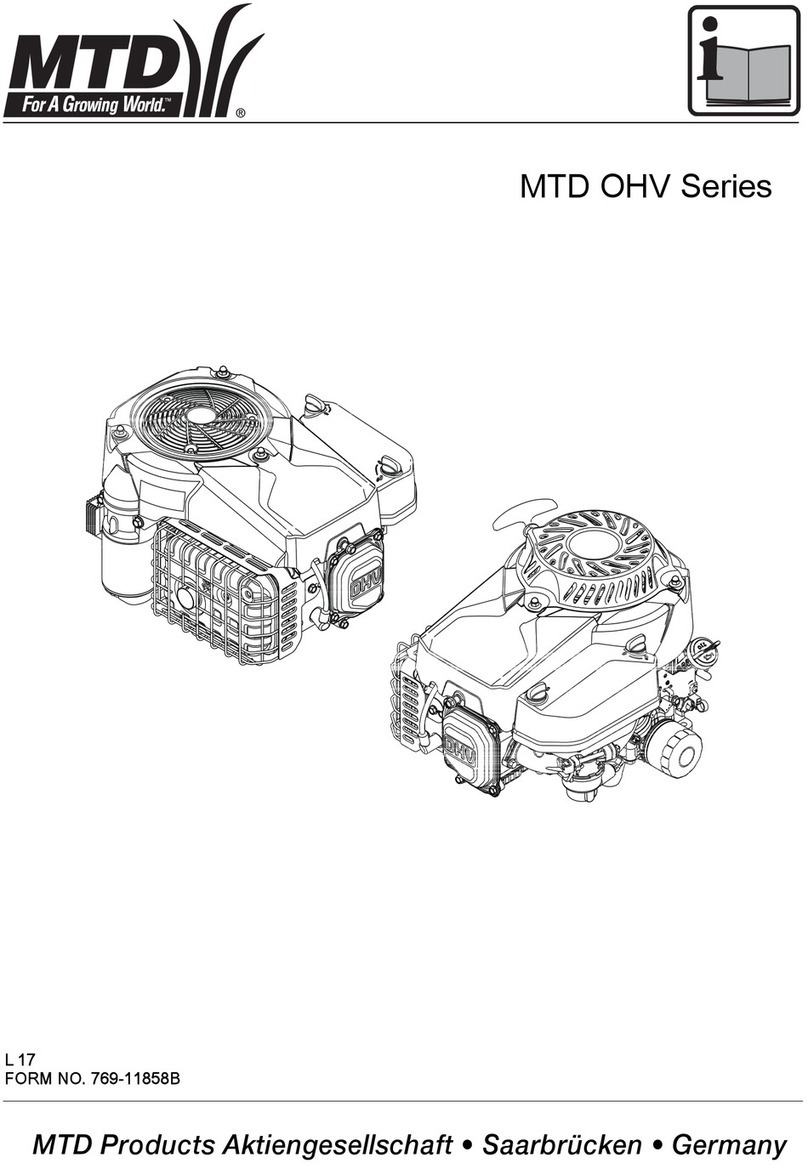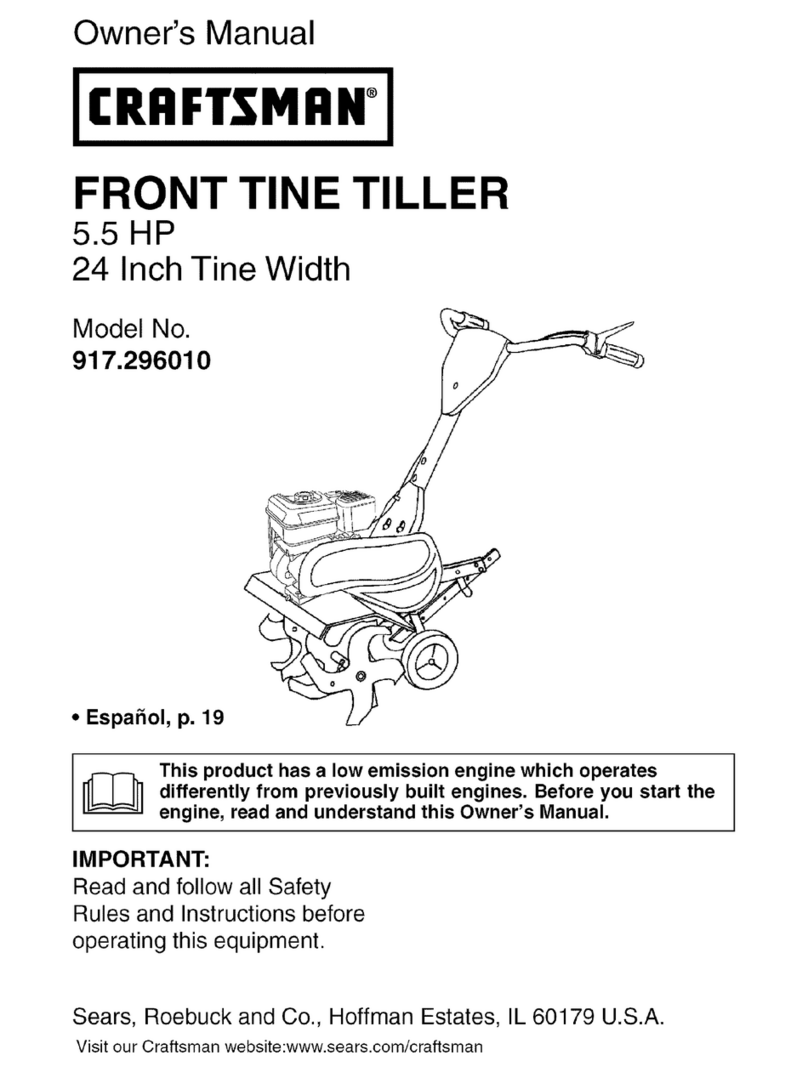OPERATING AND MAINTENANCE MANUAL CROSS S
- 4 -
Table of contents
PREFACE: ................................................................................................................................................. 6
1. Precautions.................................................................................................................................. 6
1.1. Before you Begin to Use Your Machine............................................................................... 6
1.2. Health and safety regulations ............................................................................................. 6
1.3. Servicing .............................................................................................................................. 7
1.4. Transport on highways ........................................................................................................ 7
1.5. Safety Symbol ...................................................................................................................... 8
1.6. Nameplate ........................................................................................................................... 9
2. Technical and Identification Data.............................................................................................. 10
2.1. CROSS Specifications .............................................................................................................. 11
3. Operating Manual ..................................................................................................................... 12
3.1. First Start ........................................................................................................................... 12
3.2. Preparation of the Unit (Tractor + Machine) .................................................................... 12
3.3. Mounting and Disconnection of machines........................................................................ 13
3.3.1. Mounted machines ................................................................................................... 13
3.3.2. Semi-mounted machines .......................................................................................... 14
3.4. Access to the Field – Transport ......................................................................................... 15
3.4.1 Mounted machines ................................................................................................... 15
3.4.2 Semi-mounted machines .......................................................................................... 16
3.5. Adjustment of the Cultivator............................................................................................. 17
3.5.1. Working Depth Adjustment - Cross .......................................................................... 17
3.5.2. Adjustment of the Working Depth of the Disc Harrow Type A................................. 18
3.5.3. Extreme Disc Adjustment in the Cross Harrow Type A............................................ 18
3.5.4. Heavy-Duty Tine, Type CX ......................................................................................... 19
3.5.5.Working Depth Adjustment in the Cross Drive ................................................................ 20
3.5.6. Working Depth Adjustment on the Drawbar in the Cross Drive............................... 20
3.5.7. Working Depth Adjustment on the Support Wheel in the Cross DRIVE (Option) .... 21
3.5.8. Adjustment of Scraping Disc Harrow Type A in the Cross DRIVE.............................. 22
3.5.9. Adjustment of Scraping Disc Harrow Type B in the Cross DRIVE.............................. 22
3.5.10. Adjustment of Extreme Disc Type B in the Cross DRIVE ........................................... 23
4. Operation (see par. II Safety) .................................................................................................... 24
5. Servicing and Maintenance ....................................................................................................... 24
